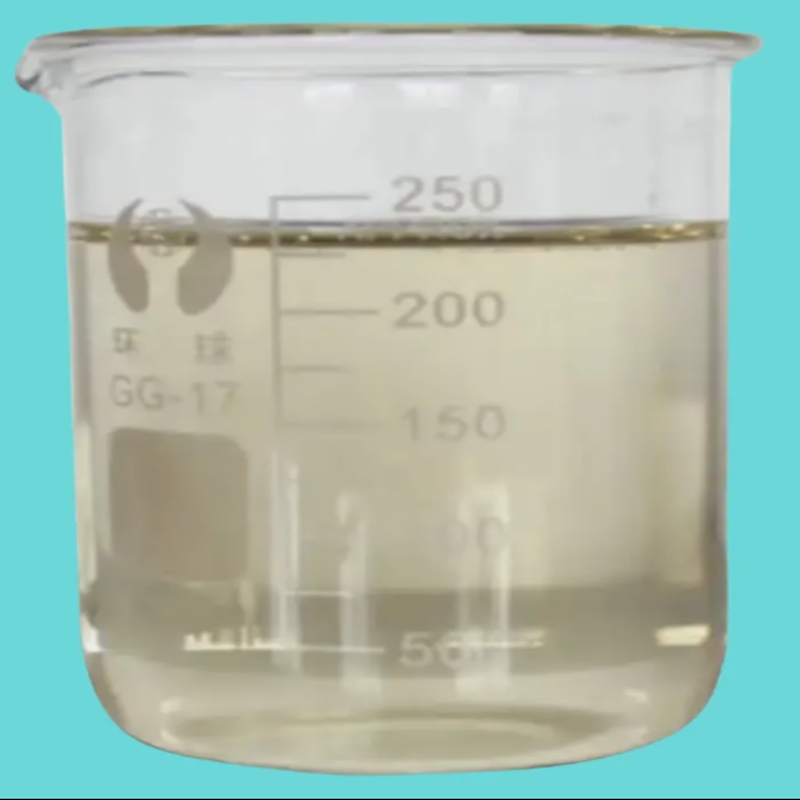-
Categories
-
Pharmaceutical Intermediates
-
Active Pharmaceutical Ingredients
-
Food Additives
- Industrial Coatings
- Agrochemicals
- Dyes and Pigments
- Surfactant
- Flavors and Fragrances
- Chemical Reagents
- Catalyst and Auxiliary
- Natural Products
- Inorganic Chemistry
-
Organic Chemistry
-
Biochemical Engineering
- Analytical Chemistry
-
Cosmetic Ingredient
- Water Treatment Chemical
-
Pharmaceutical Intermediates
Promotion
ECHEMI Mall
Wholesale
Weekly Price
Exhibition
News
-
Trade Service
Polyethylene is the most used packaging material for plastic packaging products.
Polyethylene
There is a big difference between the melting temperature of various types of polyethylene and the heat separation temperature (above 315°C); the melt fluidity is good, so the melt processability of various types of polyethylene is good, and the extrusion of plastic molding can be used.
All types of polyethylene are non-polar polymers, which have good compatibility between them, and can be combined with each other in any ratio to form a blend to improve performance.
There are many types of polyethylene, which are usually divided according to the age of industrialization.
Low-density polyethylene (LDPE) (high-pressure polyethylene)
The characteristics of LDPE are: (1) LDPE is a white waxy granular solid with a density of 0.
(2) LDPE is a typical crystalline polymer with a crystallinity of 55%~65% and a melting point of 105~126℃;
(3) LDPE is a non-polar material, which is easy to be charged with static electricity and has low surface energy.
(4) LDPE has excellent transparency and heat sealability, and can be widely used in the production of transparent low-temperature frozen packaging products;
(5) LDPE has excellent moisture barrier properties, and is a high-quality raw material for the production of dry food or packaging for items that require good moisture resistance.
(6) Although LDPE has certain grease resistance, its grease resistance and organic solvent resistance are not as good as polypropylene.
(7) LDPE is flammable.
Medium-density polyethylene (MDPE) is a kind of polyethylene with a density of 0.
High-density polyethylene (HDPE) high-density polyethylene (0.
In addition to some of the characteristics of LDPE, LLDPE has the following characteristics:
(1) LLDPE has excellent heat-sealability.
(2) The melt viscosity of LLDPE is quite large, 10 times that of LDPE, and the melt viscosity of LLDPE is not sensitive to temperature, but is very sensitive to processing stress.
Metallocene polyethylene (mPE) mPE is different from the above various types of PE.
Ultra-high molecular weight polyethylene (UHMWPE) UHMWPE is a polyethylene with a molecular weight of more than 1 million.
Pay attention to the following points in the formula design of polyethylene:
(1) Various types of polyethylene and its ethylene copolymers.
(2) The same product type, such as film, can be manufactured by multiple production processes.
For the same raw material, due to different production processes, the properties of the products produced will vary greatly.
Even if the same product, the same raw material and production process, the process parameters used are different, the performance of the product will be different.
Therefore, in addition to the production formula and process, attention should be paid to the temperature, shear stress, and stretching ratio in the production.
And other parameters.
(3) When using rubber and plastics to modify, it is best to use powdered rubber, or use a double-roll rubber mixer to fully mix with plastics, and then pelletize them for production, otherwise the rubber will not be easily dispersed into the plastics.
When using functional materials such as fillers, antioxidants, antistatic agents, etc.
, it is best to use a masterbatch to achieve a more uniform addition effect.
(4) The important principle of the formula is to use the cheapest and simplest production method under the condition of fully meeting the requirements of the product.
The modification of plastics includes chemical modification and physical modification.
Blending formula is a kind of physical modification, and lamination (Lamination) is also a kind of modification.
Even if the two materials are completely compatible, they should be mixed thoroughly to have a good effect.
The performance of the blend is the sum of the product of the properties of two completely compatible substances and its weight percentage in the blend.
(Keyword: Polyethylene)







